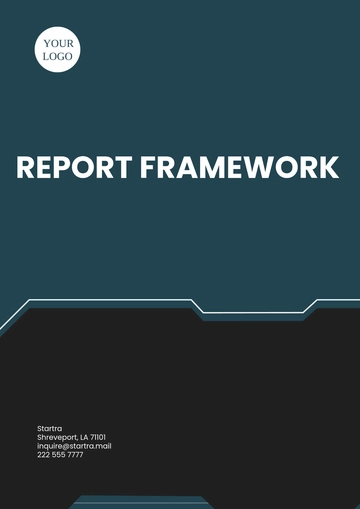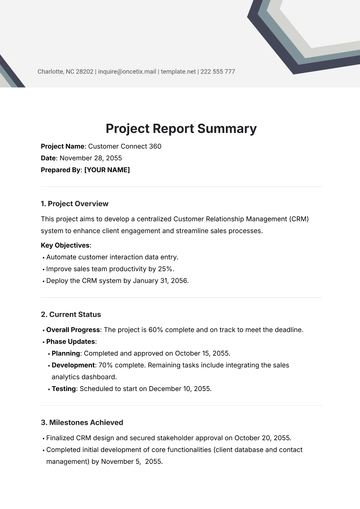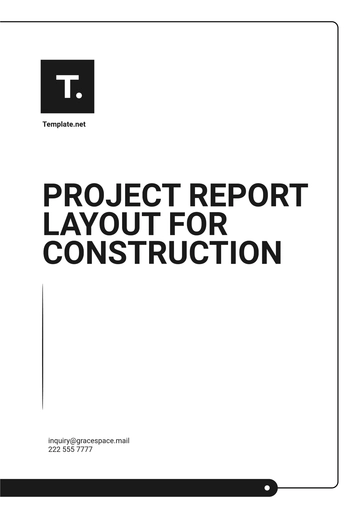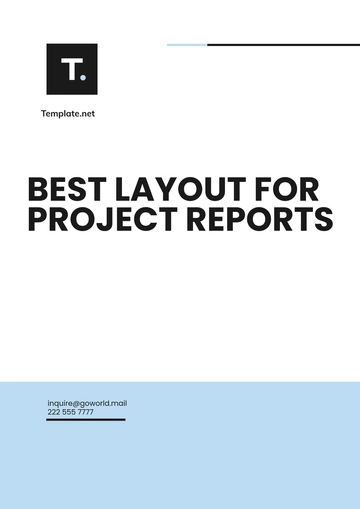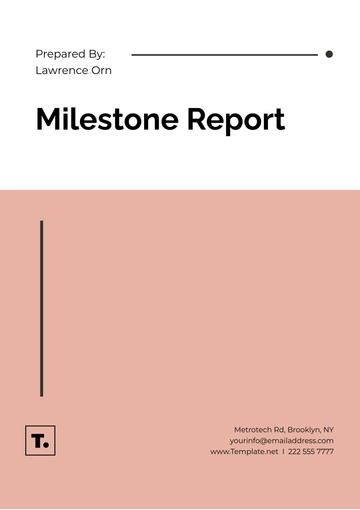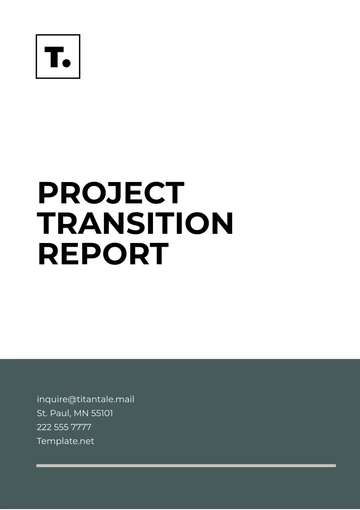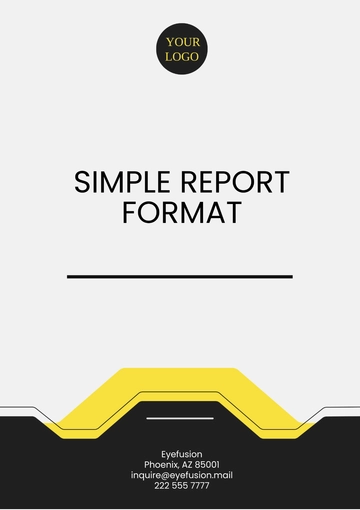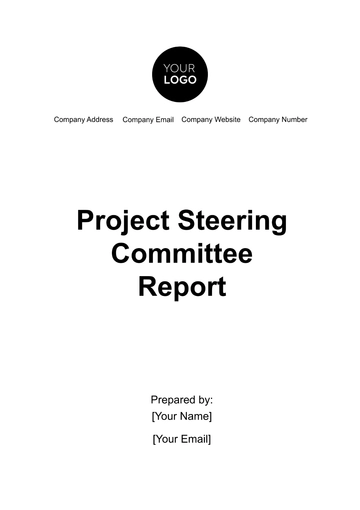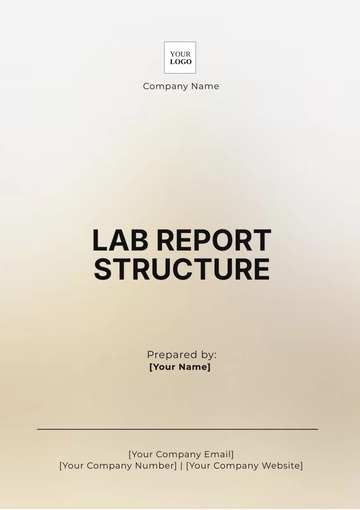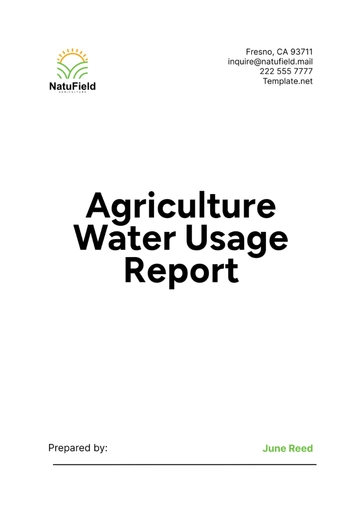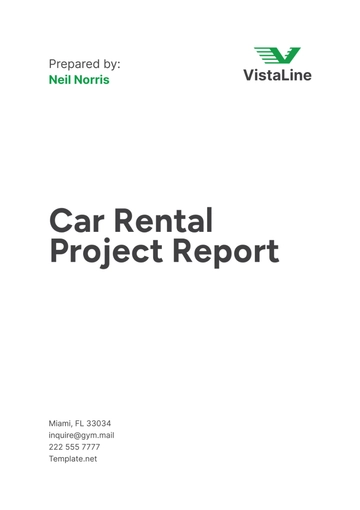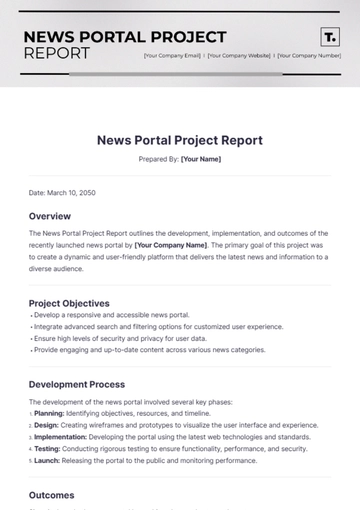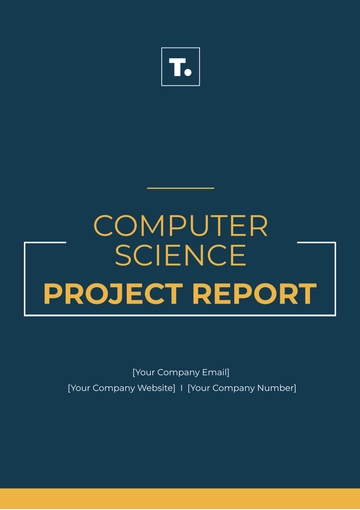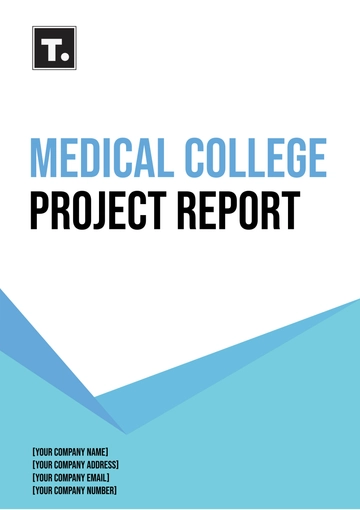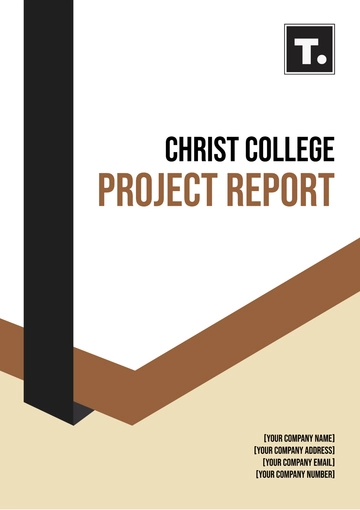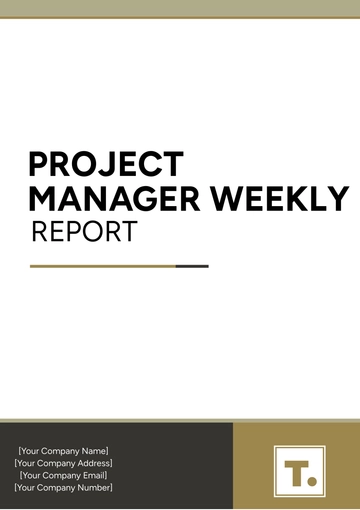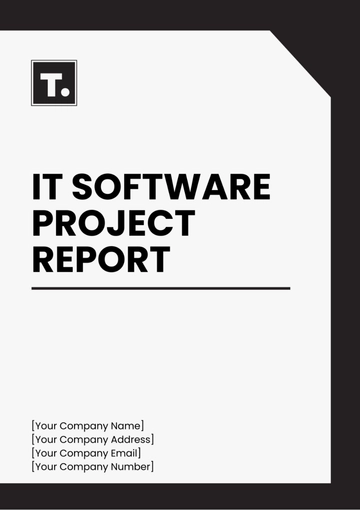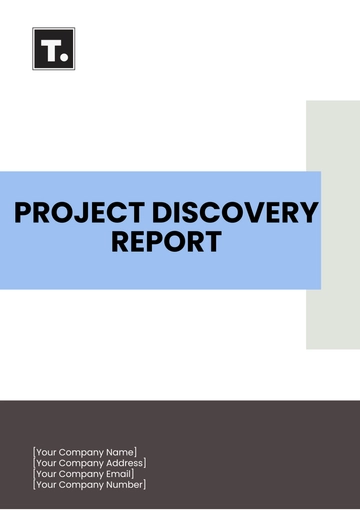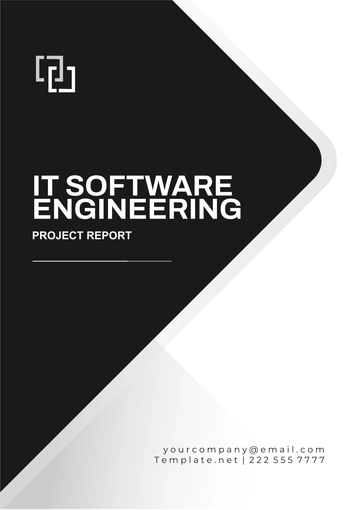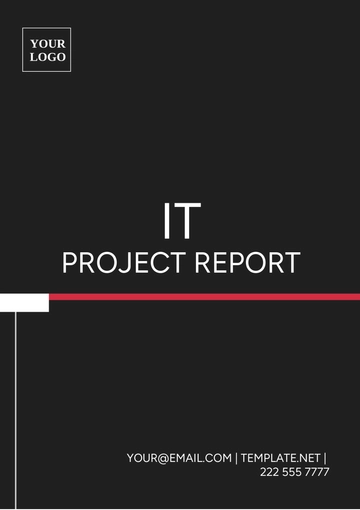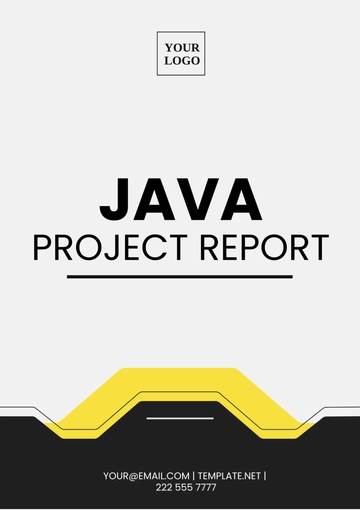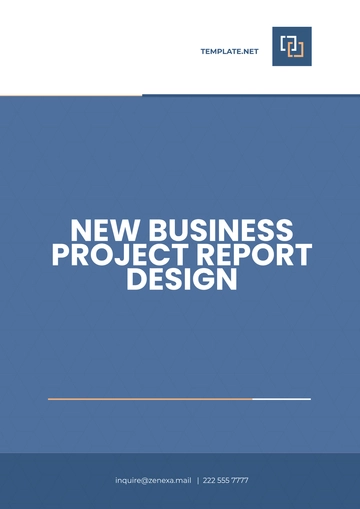Free Quality Assurance Project Report
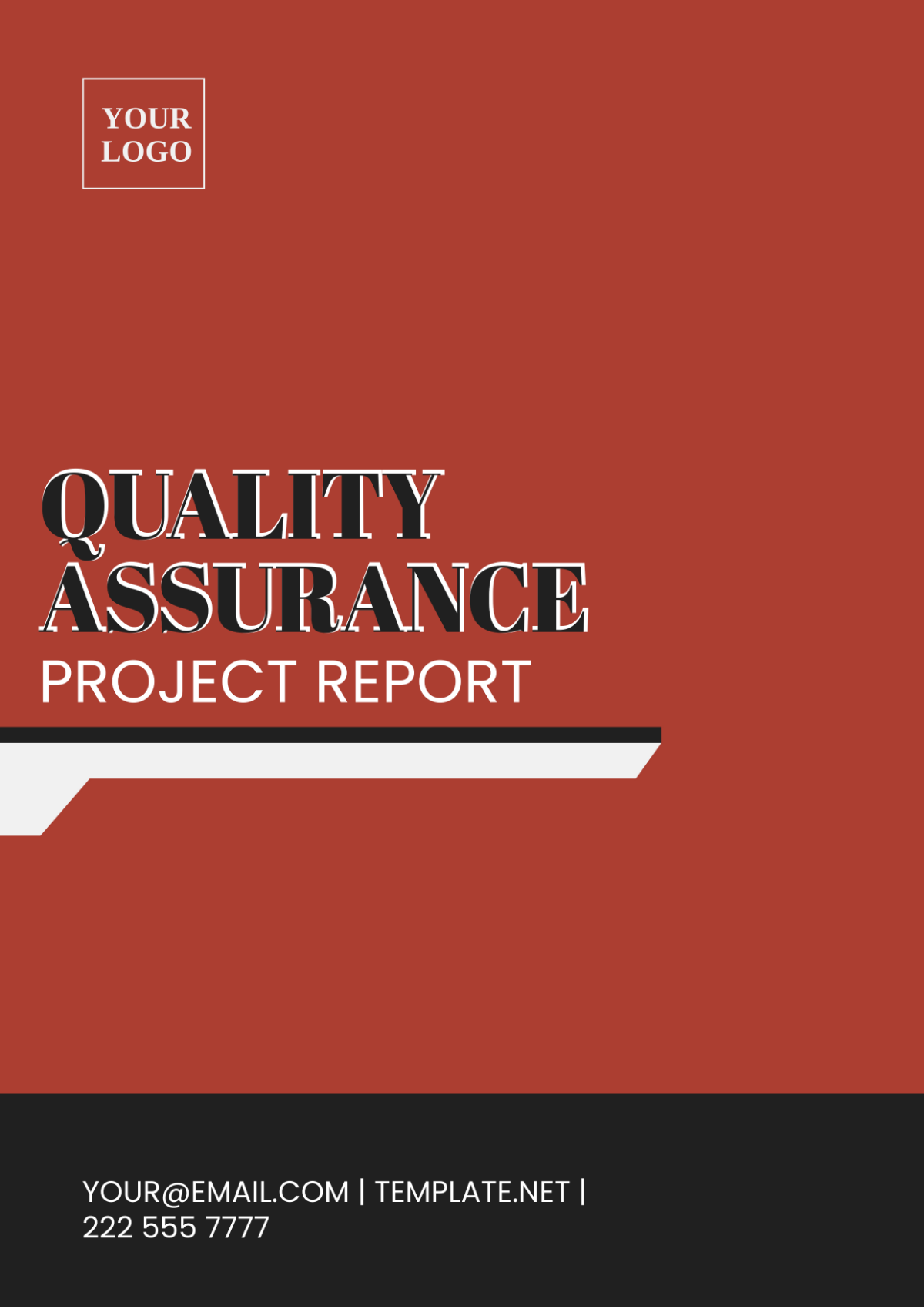
I. Executive Summary
This exhaustive report meticulously evaluates the quality control measures implemented by [Your Company Name], aiming to fortify overall performance and maintain impeccable quality standards. Through meticulous analysis, this assessment identifies nuanced areas for refinement to fortify quality assurance practices.
II. Project Overview
Spanning from January 1, 2050, to June 30, 2050, the Quality Assurance Project embarked on a comprehensive evaluation of existing quality control protocols. The overarching objective was to pinpoint deficiencies and enact necessary enhancements. This report elucidates the methodologies utilized, analysis conducted, significant findings, and strategic recommendations for advancement.
III. Methodologies
A multifaceted approach was adopted to assess quality control measures, encompassing:
Process Audits: Delving into procedural adherence and identifying potential gaps. These audits were conducted bi-monthly across all production lines, with a focus on standard operating procedures (SOPs) compliance and process efficiency.
Statistical Process Control (SPC): Utilizing advanced data analytics tools, SPC was employed to scrutinize production data, and discern trends, and aberrations. Statistical models were developed to identify process variations and trigger corrective actions proactively.
Root Cause Analysis (RCA): In-depth RCA sessions were conducted to investigate underlying reasons for recurring defects. Cross-functional teams were formed to dissect each issue, employing techniques such as fishbone diagrams and 5 Whys analysis to unearth root causes effectively.
Customer Feedback Analysis: A comprehensive analysis of customer feedback was undertaken, employing sentiment analysis algorithms to extract insights. Customer satisfaction surveys, focus groups, and social media monitoring were utilized to gain a holistic understanding of customer sentiments.
IV. Findings
A thorough examination yielded the following pivotal discoveries:
Inconsistencies in Quality Control Procedures:
Variation in applying quality control procedures across departments and shifts was identified. Standardization efforts revealed discrepancies in the interpretation and execution of SOPs, necessitating comprehensive training programs and SOP revisions.
Production Line Deficiencies:
Persistent defects traced back to a specific production line necessitated targeted interventions. Root cause analysis revealed equipment malfunctions, suboptimal maintenance practices, and inadequate operator training as primary contributors, prompting immediate corrective actions and performance improvement initiatives.
Customer Feedback Insights:
Customer feedback highlighted areas of concern regarding product quality, packaging, and delivery timelines. Analysis revealed a growing demand for eco-friendly packaging solutions and enhanced product customization options, signaling opportunities for innovation and differentiation.
V. Performance Analysis
Performance evaluation centered on key performance indicators (KPIs) including:
Defect Rate: Exceeding industry benchmarks, the defect rate stood 3% higher than average. Detailed analysis revealed variations in defect types and frequencies, prompting targeted defect reduction initiatives and enhanced quality control measures.
Customer Satisfaction: Customer satisfaction ratings registered an 85% approval, indicating areas for enhancement. Root cause analysis of dissatisfied customer feedback uncovered product quality issues, communication gaps, and service delivery delays, paving the way for customer-centric improvement initiatives and service excellence programs.
Process Efficiency: Operational efficiency measured at 92%, signaling scope for optimization. Value stream mapping exercises identified bottlenecks, redundant processes, and workflow inefficiencies, facilitating lean process redesign efforts and continuous improvement initiatives.
VI. Recommendations
Drawing from the findings, the following strategic recommendations are proposed:
Standardize Quality Control Protocols: Implement a centralized quality management system (QMS) to ensure uniformity across all production lines. Develop comprehensive SOPs, conduct regular training sessions, and deploy digital work instructions to enhance procedural compliance and consistency.
Targeted Staff Training: Institute-tailored training programs to equip employees with specialized skills and knowledge required to minimize defects. Implement cross-training initiatives to foster skill versatility and operational resilience, empowering employees to troubleshoot issues and drive process improvements effectively.
Rigorous Final Product Checks: Strengthen scrutiny of finished products through enhanced quality control checkpoints and inspection protocols. Invest in advanced inspection technologies, such as automated vision systems and non-destructive testing techniques, to detect defects with greater accuracy and precision.
Enhanced Process Audits: Increase process audits' frequency and depth to rigorously uphold compliance. Adopt a risk-based audit approach, prioritizing critical processes and high-risk areas for detailed scrutiny. Leverage audit findings to proactively drive corrective actions, preventive measures, and performance optimization initiatives.
VII. Conclusion
The Quality Assurance Project has adeptly identified critical areas warranting attention within [Your Company Name]'s quality control framework. By embracing the outlined recommendations and adopting a culture of continuous improvement, [Your Company Name] is poised to bolster the efficacy of its quality assurance endeavors, fostering heightened product quality, and operational excellence, and bolstering customer satisfaction.
- 100% Customizable, free editor
- Access 1 Million+ Templates, photo’s & graphics
- Download or share as a template
- Click and replace photos, graphics, text, backgrounds
- Resize, crop, AI write & more
- Access advanced editor
Streamline your quality assurance documentation with Template.net's editable and customizable Quality Assurance Project Report Template. Easily track and present your QA findings with precision. Editable in our Ai Editor Tool for a seamless, professional report.
You may also like
- Sales Report
- Daily Report
- Project Report
- Business Report
- Weekly Report
- Incident Report
- Annual Report
- Report Layout
- Report Design
- Progress Report
- Marketing Report
- Company Report
- Monthly Report
- Audit Report
- Status Report
- School Report
- Reports Hr
- Management Report
- Project Status Report
- Handover Report
- Health And Safety Report
- Restaurant Report
- Construction Report
- Research Report
- Evaluation Report
- Investigation Report
- Employee Report
- Advertising Report
- Weekly Status Report
- Project Management Report
- Finance Report
- Service Report
- Technical Report
- Meeting Report
- Quarterly Report
- Inspection Report
- Medical Report
- Test Report
- Summary Report
- Inventory Report
- Valuation Report
- Operations Report
- Payroll Report
- Training Report
- Job Report
- Case Report
- Performance Report
- Board Report
- Internal Audit Report
- Student Report
- Monthly Management Report
- Small Business Report
- Accident Report
- Call Center Report
- Activity Report
- IT and Software Report
- Internship Report
- Visit Report
- Product Report
- Book Report
- Property Report
- Recruitment Report
- University Report
- Event Report
- SEO Report
- Conference Report
- Narrative Report
- Nursing Home Report
- Preschool Report
- Call Report
- Customer Report
- Employee Incident Report
- Accomplishment Report
- Social Media Report
- Work From Home Report
- Security Report
- Damage Report
- Quality Report
- Internal Report
- Nurse Report
- Real Estate Report
- Hotel Report
- Equipment Report
- Credit Report
- Field Report
- Non Profit Report
- Maintenance Report
- News Report
- Survey Report
- Executive Report
- Law Firm Report
- Advertising Agency Report
- Interior Design Report
- Travel Agency Report
- Stock Report
- Salon Report
- Bug Report
- Workplace Report
- Action Report
- Investor Report
- Cleaning Services Report
- Consulting Report
- Freelancer Report
- Site Visit Report
- Trip Report
- Classroom Observation Report
- Vehicle Report
- Final Report
- Software Report
